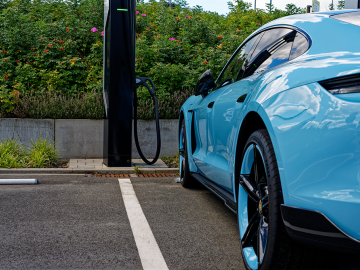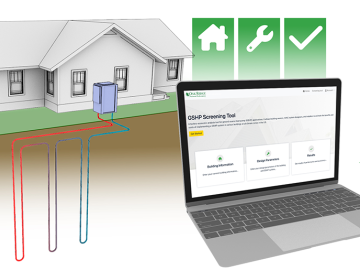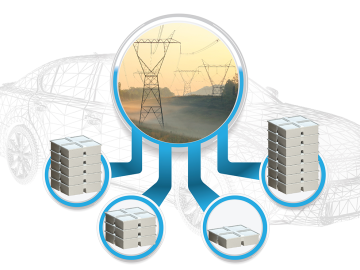
Filter News
Area of Research
- Advanced Manufacturing (1)
- Biology and Environment (4)
- Building Technologies (3)
- Computational Biology (1)
- Computer Science (2)
- Energy Science (46)
- Isotopes (3)
- Materials (20)
- Materials for Computing (6)
- National Security (2)
- Neutron Science (6)
- Nuclear Science and Technology (3)
- Quantum information Science (3)
- Supercomputing (12)
- Transportation Systems (2)
News Type
News Topics
- (-) Biomedical (11)
- (-) Buildings (21)
- (-) Cybersecurity (3)
- (-) Isotopes (5)
- (-) Microscopy (11)
- (-) Polymers (10)
- (-) Quantum Computing (5)
- (-) Quantum Science (12)
- (-) Space Exploration (10)
- (-) Transportation (36)
- 3-D Printing/Advanced Manufacturing (34)
- Advanced Reactors (13)
- Artificial Intelligence (16)
- Big Data (17)
- Bioenergy (17)
- Biology (21)
- Biotechnology (4)
- Chemical Sciences (13)
- Clean Water (14)
- Composites (11)
- Computer Science (42)
- Coronavirus (11)
- Critical Materials (12)
- Emergency (1)
- Energy Storage (32)
- Environment (48)
- Exascale Computing (1)
- Fossil Energy (1)
- Frontier (1)
- Fusion (9)
- Grid (22)
- High-Performance Computing (12)
- Hydropower (6)
- Irradiation (2)
- ITER (3)
- Machine Learning (14)
- Materials (36)
- Materials Science (34)
- Mathematics (3)
- Mercury (3)
- Molten Salt (5)
- Nanotechnology (12)
- National Security (3)
- Neutron Science (27)
- Nuclear Energy (19)
- Partnerships (2)
- Physics (4)
- Security (1)
- Simulation (9)
- Statistics (1)
- Summit (8)
Media Contacts

An advance in a topological insulator material — whose interior behaves like an electrical insulator but whose surface behaves like a conductor — could revolutionize the fields of next-generation electronics and quantum computing, according to scientists at ORNL.

ORNL scientists found that a small tweak created big performance improvements in a type of solid-state battery, a technology considered vital to broader electric vehicle adoption.
Oak Ridge National Laboratory scientists led the development of a supply chain model revealing the optimal places to site farms, biorefineries, pipelines and other infrastructure for sustainable aviation fuel production.

A study led by Oak Ridge National Laboratory researchers identifies a new potential application in quantum computing that could be part of the next computational revolution.

Oak Ridge National Laboratory researchers have developed an online resource to help consumers understand the electric vehicle tax credits available through the Inflation Reduction Act.

Scientists at ORNL developed a competitive, eco-friendly alternative made without harmful blowing agents.

ORNL researchers have identified specific proteins and amino acids that could control bioenergy plants’ ability to identify beneficial microbes that can enhance plant growth and storage of carbon in soils.

A tool developed by ORNL researchers gives building owners and equipment manufacturers and installers an easy way to calculate the cost savings of a heating and cooling system that utilizes geothermal energy and emits no carbon.

When aging vehicle batteries lack the juice to power your car anymore, they may still hold energy. Yet it’s tough to find new uses for lithium-ion batteries with different makers, ages and sizes. A solution is urgently needed because battery recycling options are scarce.

Oak Ridge National Laboratory researchers demonstrated that window shades with a cellular or honeycomb structure provide higher energy savings during winter compared to generic venetian blinds and can save millions of tons of carbon emissions.


